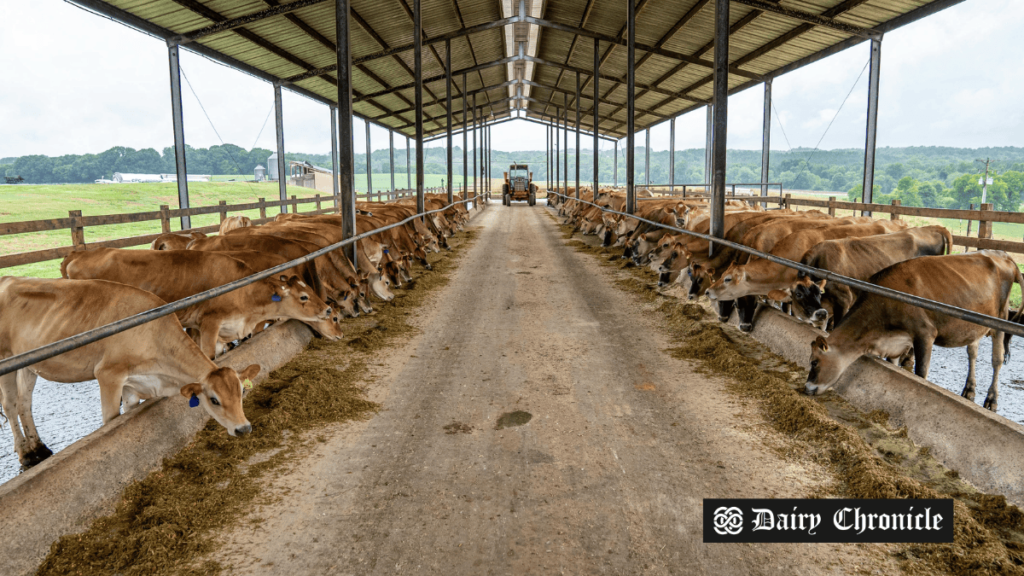Katherine Creutzinger, a researcher at the University of Wisconsin-River Falls, presented critical insights on managing pain in dairy cattle at the 2024 Western Canadian Dairy Seminar. She emphasized the importance of addressing pain for both animal welfare and productivity, discussing the negative impacts of pain on cow behavior and milk production. Creutzinger advocated for proactive pain management strategies, including the use of wearable sensors and improved transportation practices, to enhance the welfare of dairy cattle and build consumer trust in the dairy industry.
At the 2024 Western Canadian Dairy Seminar, Katherine Creutzinger, a researcher at the University of Wisconsin-River Falls, presented a detailed examination of pain management in dairy cattle, highlighting its significant impact on animal welfare and productivity. Creutzinger’s insights underscore the need for proactive approaches to pain management to ensure the well-being of dairy cows and the sustainability of the dairy industry.
Creutzinger emphasized that pain is a natural condition for both animals and humans, but the intensity and duration of pain in dairy cattle can profoundly influence their welfare. She framed her discussion around the Three Circles of Animal Welfare model, which includes health, natural behavior performance, and mental and emotional states. Pain can affect one or more of these facets simultaneously, depending on its source and severity.
For instance, while udder engorgement can cause discomfort, it is usually alleviated quickly through milking. In contrast, injuries like broken tails or conditions such as clinical mastitis may lead to prolonged pain and suffering, necessitating therapeutic attention and effective pain management strategies.
Creutzinger noted that the presence of pain can also lead to decreased productivity among dairy cows. Pain can discourage cows from moving to water troughs, resulting in dehydration and reduced milk production. Additionally, it may cause cows to avoid competition at the feed bunk, potentially leading to metabolic diseases and decreased rumination. Moreover, pain can inhibit normal estrus behavior, which can result in missed heats and reduced reproductive efficiency.
The advent of wearable sensors has provided new opportunities for pain management in dairy cattle. These devices can monitor various factors such as physical activity, rumination patterns, body temperature, and lying time, allowing for the early detection of subtle changes that may indicate pain. Early intervention can help address pain sources proactively before they escalate.
One critical area for improvement highlighted by Creutzinger is the pain experienced by cows during transportation. Data suggests that dairy cows may spend up to two weeks in transit from their farm of origin to their slaughter destination, leading to issues like udder engorgement, emaciation, and lameness.
To mitigate these painful experiences, Creutzinger suggested several management changes, including allowing cows to recover from conditions like lameness or mastitis on the farm before transport, which can also enhance their body condition and market value. Gradually reducing milking frequency and transitioning to a lower-energy diet before shipping can help prevent udder engorgement.
Creutzinger concluded that proactively managing pain in dairy animals is crucial not only for ensuring animal welfare but also for maintaining public trust in dairy farming practices. As consumer expectations for animal welfare continue to rise, addressing pain in dairy cattle is essential for the industry’s long-term sustainability.



